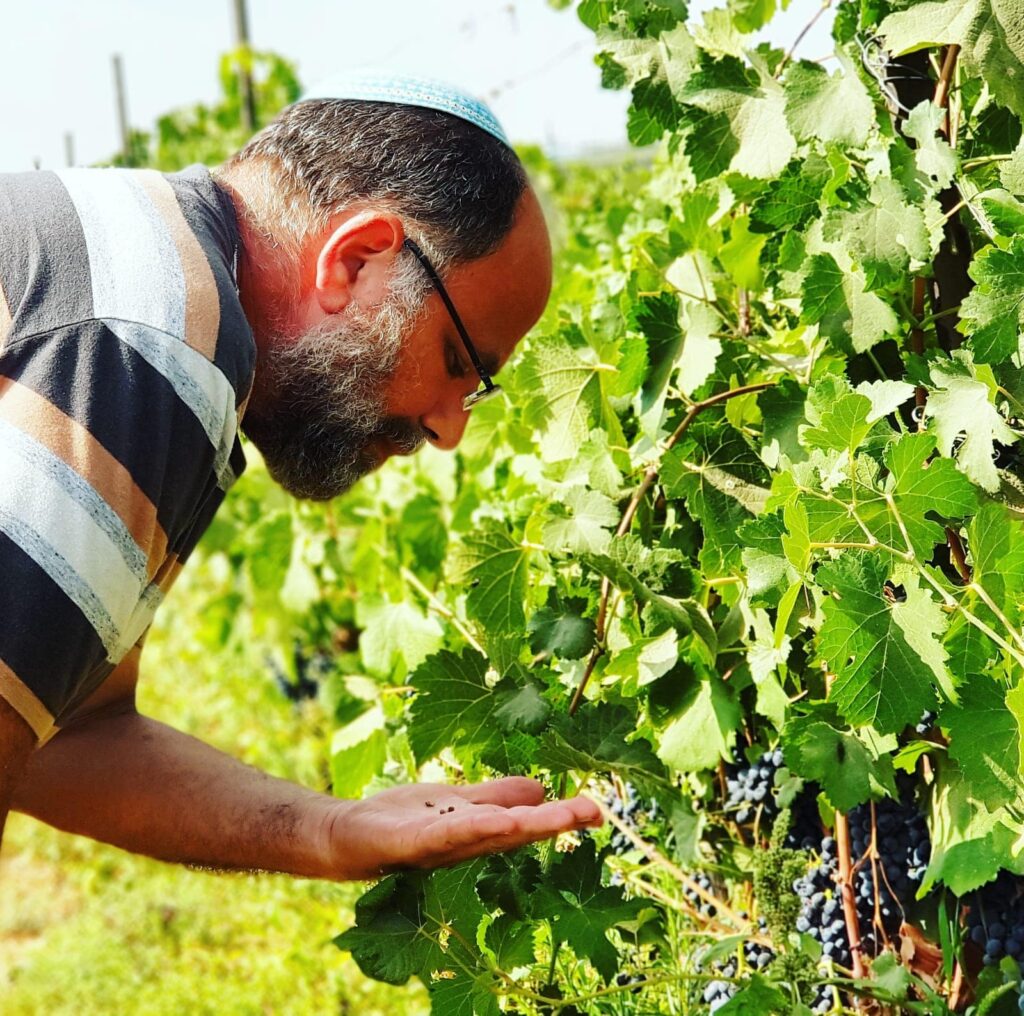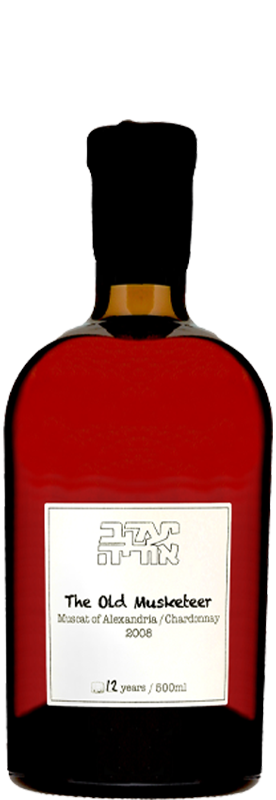Welcome to the home of Ya'acov Oryah Wines
Welcome to the home of Ya'acov Oryah Wines
About
In a constant search – through learning, experimentation, experience and even through mistakes – to fully understand the raw material and the expression of the terroir, to create new and different wines. The wines are personal creations, born from curiosity and a desire for perfection, with each wine having a unique name and story.
Read More
"Explores the limits of possibility of wine production"
A Timeline of Winemaking and Style
2004 - Began to produce wine at Soreq Winery
Why do I make wine? I do not have one answer, but an inner need that began sometime in 2004 and which, since then, maintains its grip on me and does not let up. Today it is already an integral part of who I am - I cannot help but make wine. I once thought that people who know how to smell and taste a glass of wine were special, a unique type of creatures. Then I learned that Barry Saslove was teaching wine tasting, and that Soreq Winery give a winemaking courses. With intense curiosity I immediately enrolled for both programs and since then my life has undergone a revolution. In 2006, I founded (with a partner) Asif Winery as a negociant winery, and in 2007 we started producing our own wines.
2009 - The Negev as a unique terroir
A variety of reasons led me to move to Arad, but once there, it was important to me to make local wine, from local grapes. And so, ahead of the 2009 vintage, I started sourcing wine grapes from the farming outposts of the Negev. I purchased a variety of red grapes, and came to the conclusion that they express their common growing area more clearly than their varietal uniqueness. That same year I also met Eran Raz, when his vineyard yielded its first fruits, and came to recognize the uniqueness of white grapes from the Negev. Over time, I realized that white grapes thrive in the special terroir of the desert, while the ability to bring out elegant reds from this region poses a not-so-simple winemaking challenge.
2014 - Started to manage a large commercial winery
When I started at Psagot Winery in 2014, I had a production experience of about 20,000 bottles a year, and in a moment found myself making ten times that, and more. In 2016 I was also winemaker at Ella Valley Winery, with a combined production volume of both wineries of some 700,000 bottles. This period, with its large quantities, was an excellent lesson in understanding and internalizing the logistical considerations in wine production, and a great challenge to maintain quality in the complexity of such a large operation. I am proud of the growth of Psagot from 200,000 bottles to 400,000 in my years there, proud of the highly respected awards that Psagot wines have won in these years, but as the winery grew, I preferred to return to smaller projects where I could find a balance between oenology and logistics.
2019 - Back to the Negev and the opportunity to start a commecial winery
I made wines before I came to the Negev, but learned the dimension of locality by creating wines with and through the area's grapes. I began a journey with these grapes, one that did not exhaust itself at all, until reality took me away from there. Life's circles, sometimes, have their own power. I met David Pinto and his family shortly after finishing at Psagot Winery and as I was considering my own projects. Moreover, with them, the Negev "appeared through the window, smiled at me and asked: do you want to come back?" In the Pinto family I have found people for whom Zionism and values are not empty slogans, but inspiring and special people who approached their venture thoroughly and in depth. Their journey is allowing me to complete mine, to solve the riddle of red wines from the Negev. A fascinating challenge that I once touched upon and I am happy for the opportunity to continue today.
1
2
3
4
5
6
7
2007 - The production of white and orange wines begin
White wine production was the professional challenge I wanted to face. At Soreq I only studied red winemaking so in 2007 I brought Itay Lahat in both as a consultant and to teach me about white wines. To my surprise, I learned that the juice is pressed from the skins before fermentation and that white wine is fermented from only the juice. This puzzled me, having understood the importance of grape skins in red wine. I looked for answers as to why white wine was made this way, and what would happen if we used the skins, but did not get satisfactory answers. Left with no choice, as I started that year to produce whites, I made my initial attempts to produce wine from "white grapes with their skins", just like with red wine. After several years of trying, in 2010, I made my first commercial skin-macerated white wine at Asif.
2013 - From a private label to a commercial brand
I began producing experimental wines as early as 2005, in my second year of making wine, and since then I have tried creating different and strange wines: dessert wines, (very) late vintages, whites on their skins, unique blends and more. While all of these could have remained as small-scale productions, a vineyard was planted for Asif's only red wine, which was by then producing almost exclusively whites. The vineyard began to bear fruit in 2013 when I no longer had the winery. With a yield of a few thousand bottles, by no means a small production, and out of my commitment to the farmer who planted the vineyard, I found production and marketing solutions on a different scale. This led to the development and expansion of my own brand. Since then, alongside making commercial wines in my regular winery work, my private label has become an expression for wines in which I allow myself to stray from the mainstream. These bear my name.
2018 - Stepping back from "orange" blends for varietal wines
In 2010 I released my first personal wine after years of experimenting with varietal skin-contact white wines, and various combinations between them. As a blend of several varieties, it was a more complete and synergetic wine than a varietal expression alone. When I returned to producing these wines in 2014, I once again produced a blend. However, I found that the complex wine, so beautiful to me, was perhaps too complex. There were so many layers in it that a consumer unfamiliar with such wines would find it largely incomprehensible. I took a step back to allow my clients to learn the complete varietal expressions from which the blend would be built, producing a fascinating comparable range of six varietal wines using all the components of the grape. Hence the series got the name Alpha Omega, from A to Z, a wine with the complete expression of the white grape.
A Thousand Words
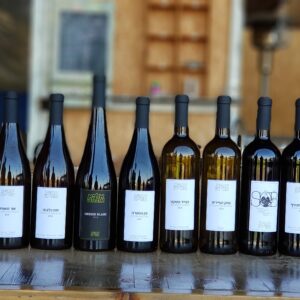
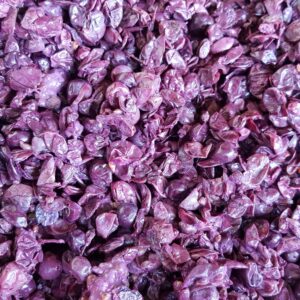
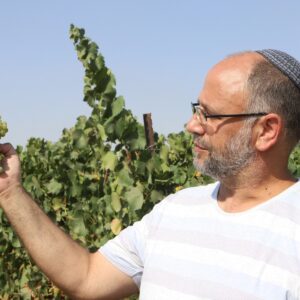
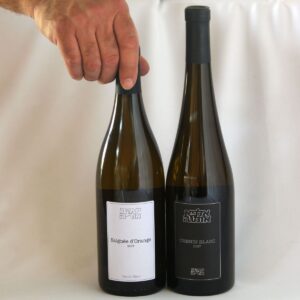
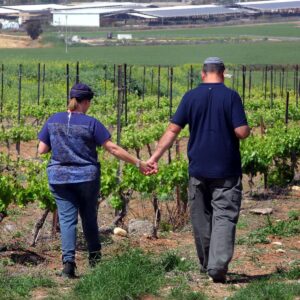
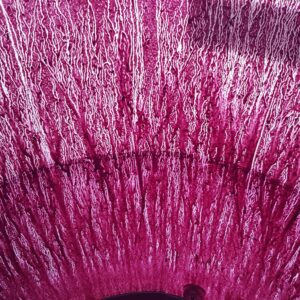
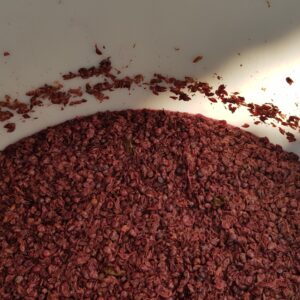
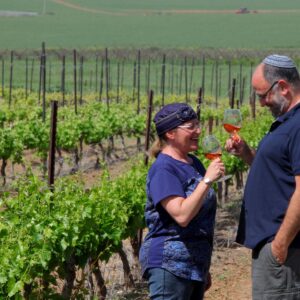
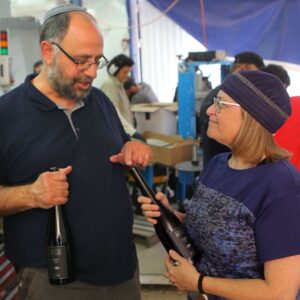
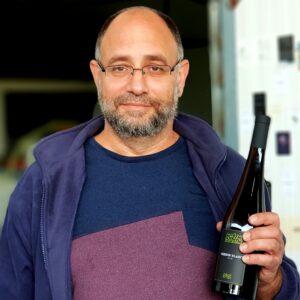
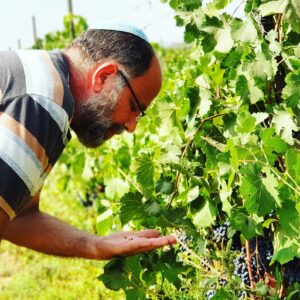
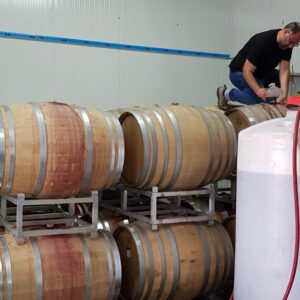
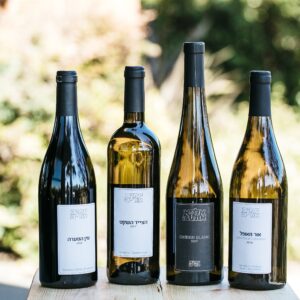
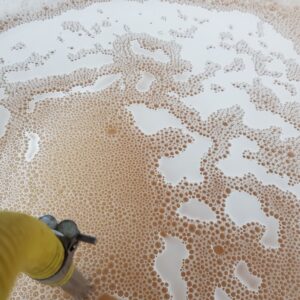
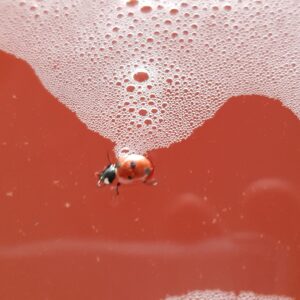
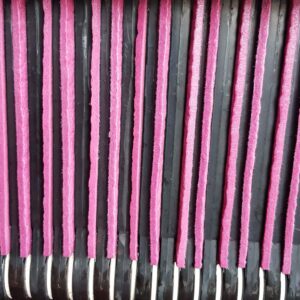
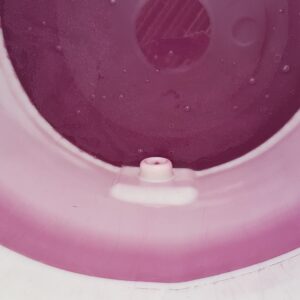

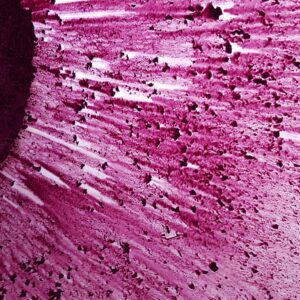



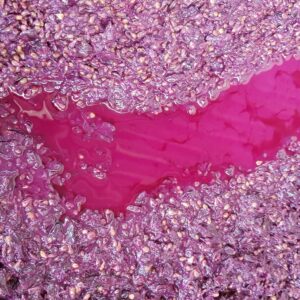
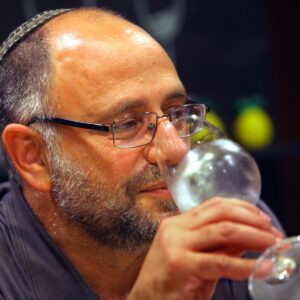
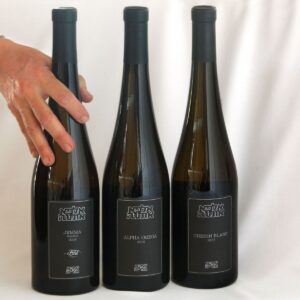

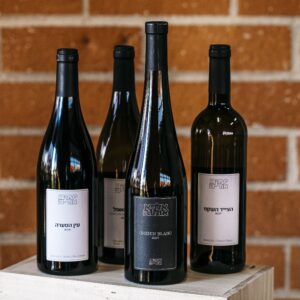
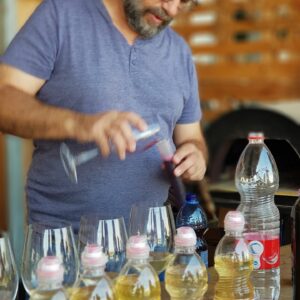

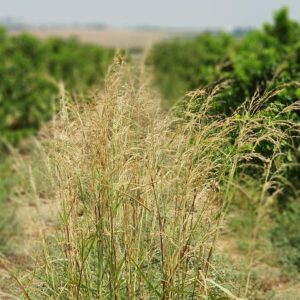
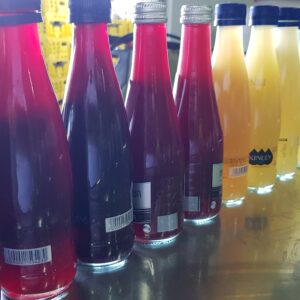
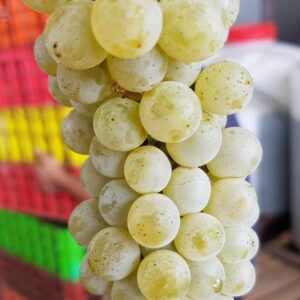
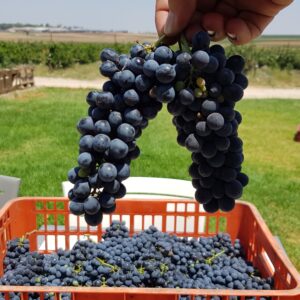
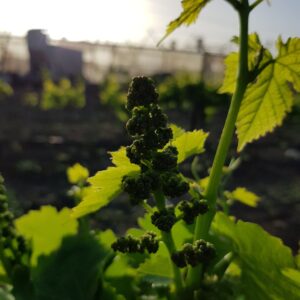
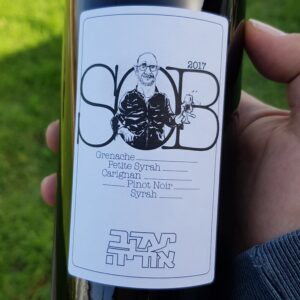
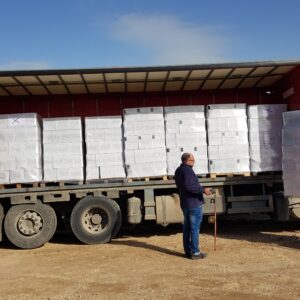
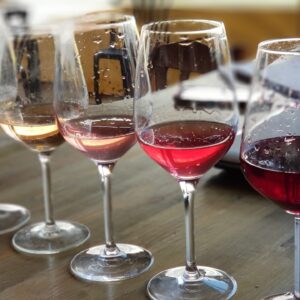
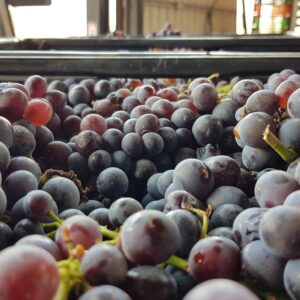





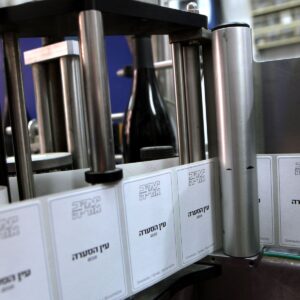

Receive News and Updates
Contact Us
